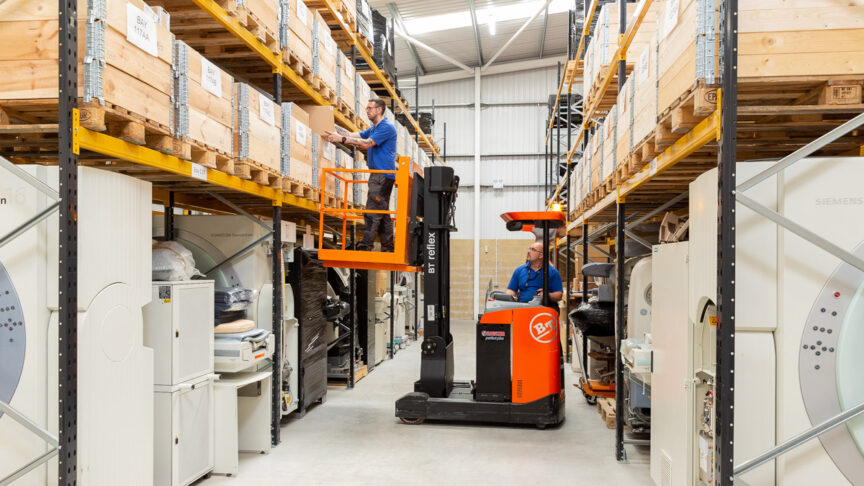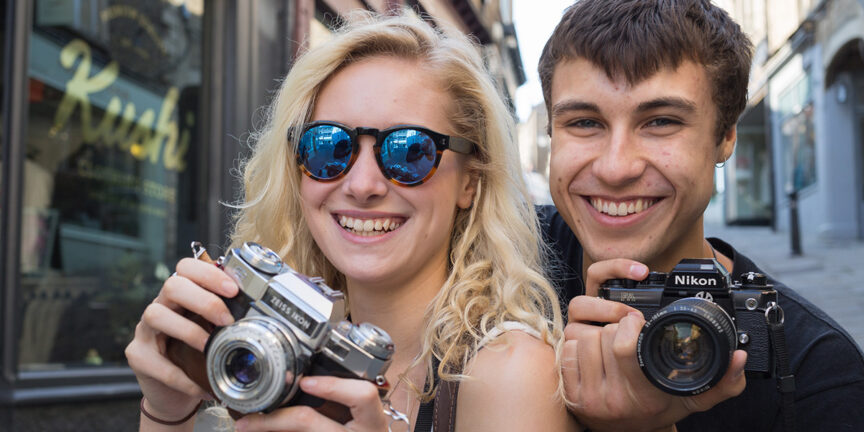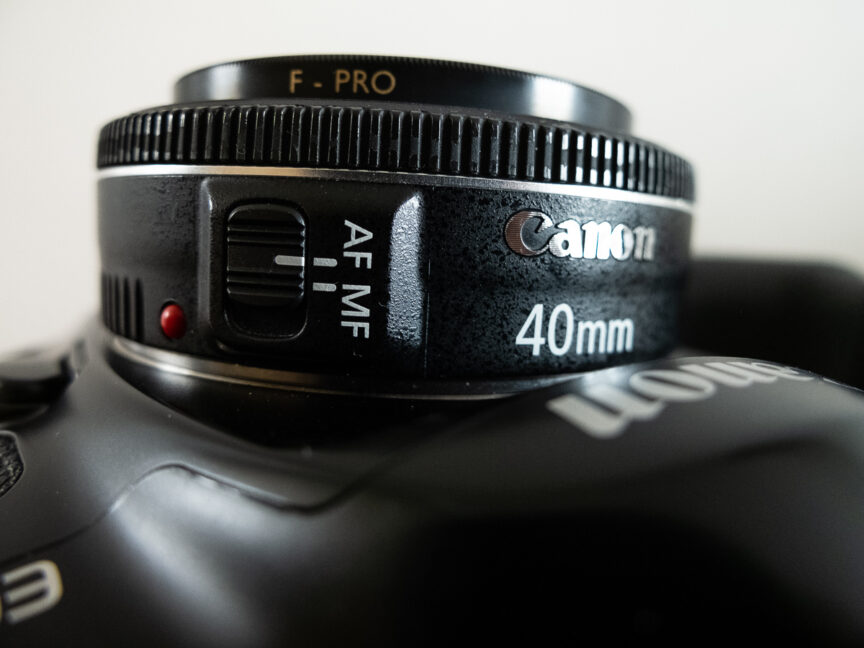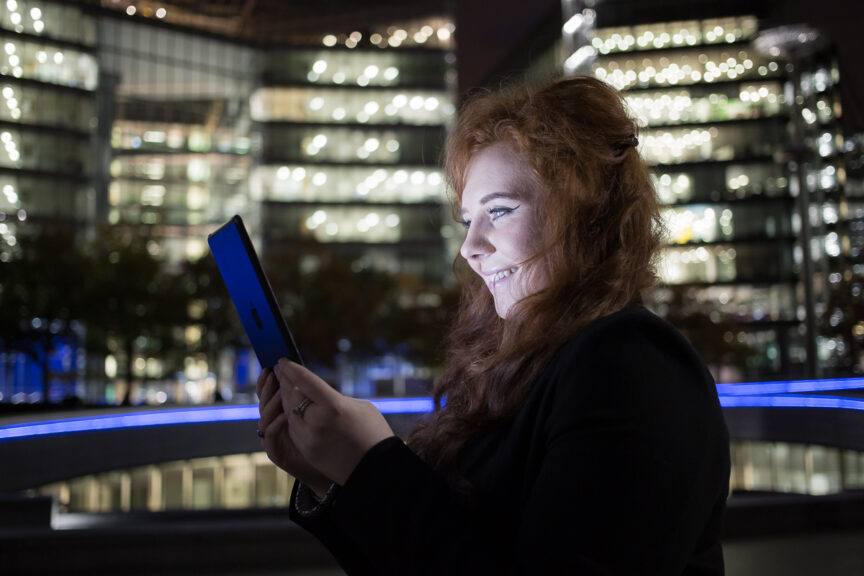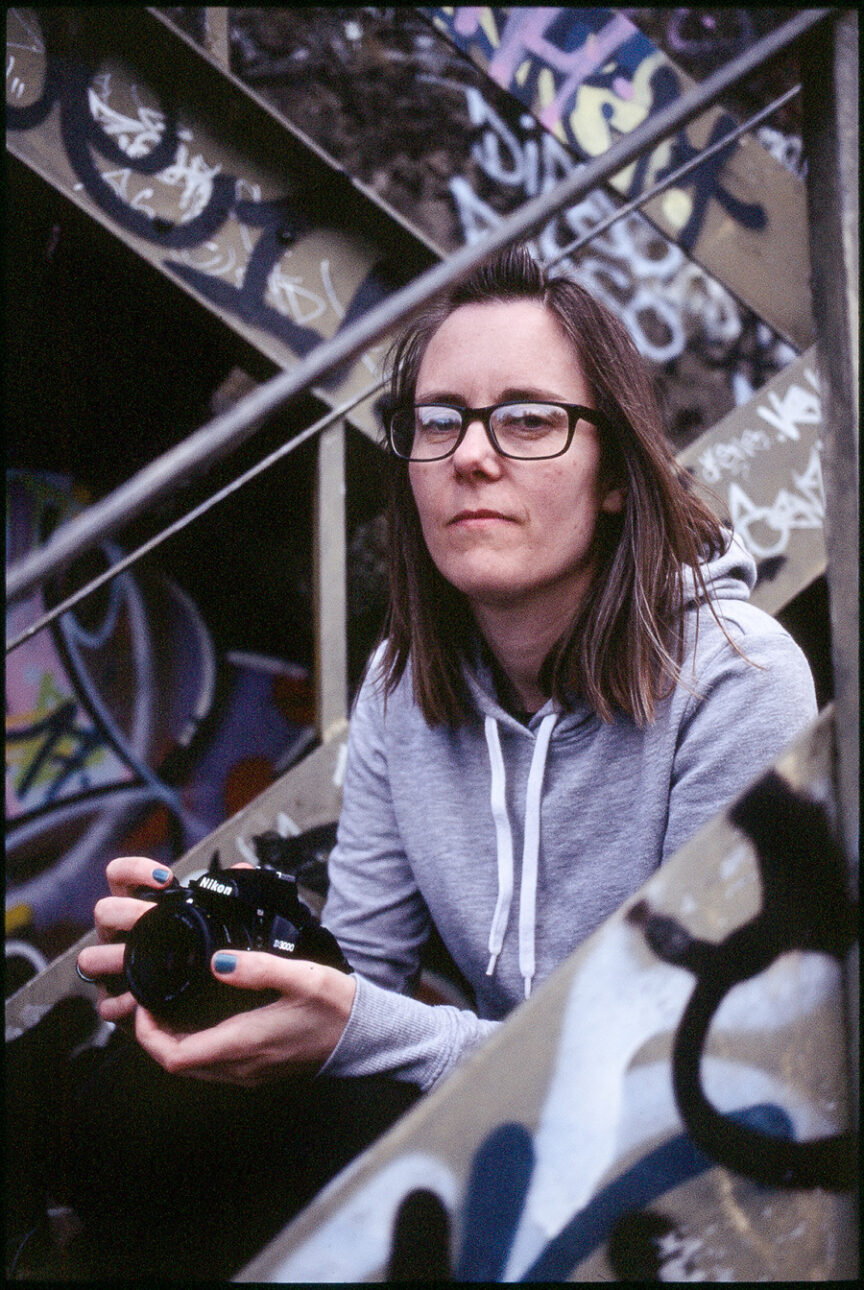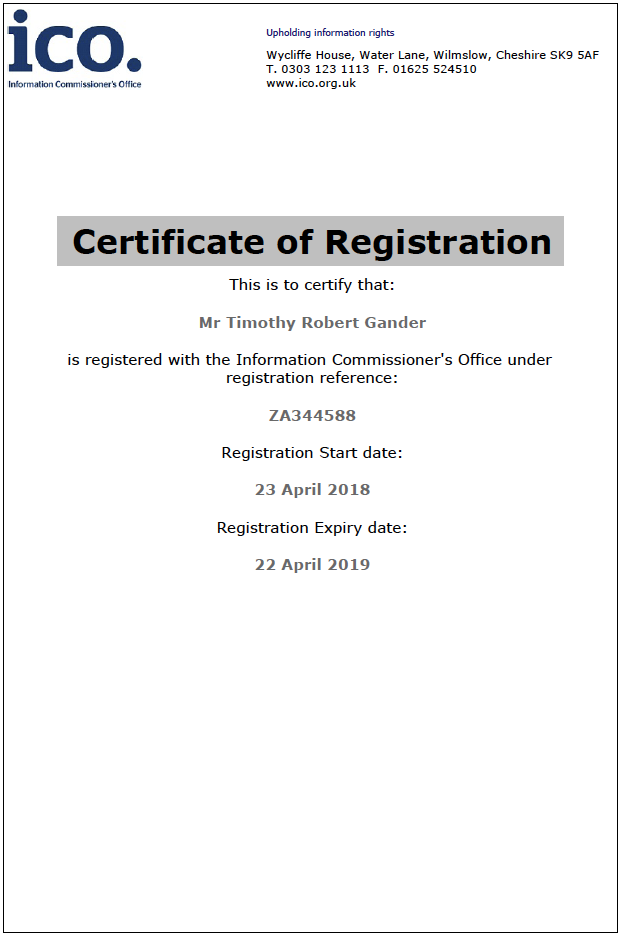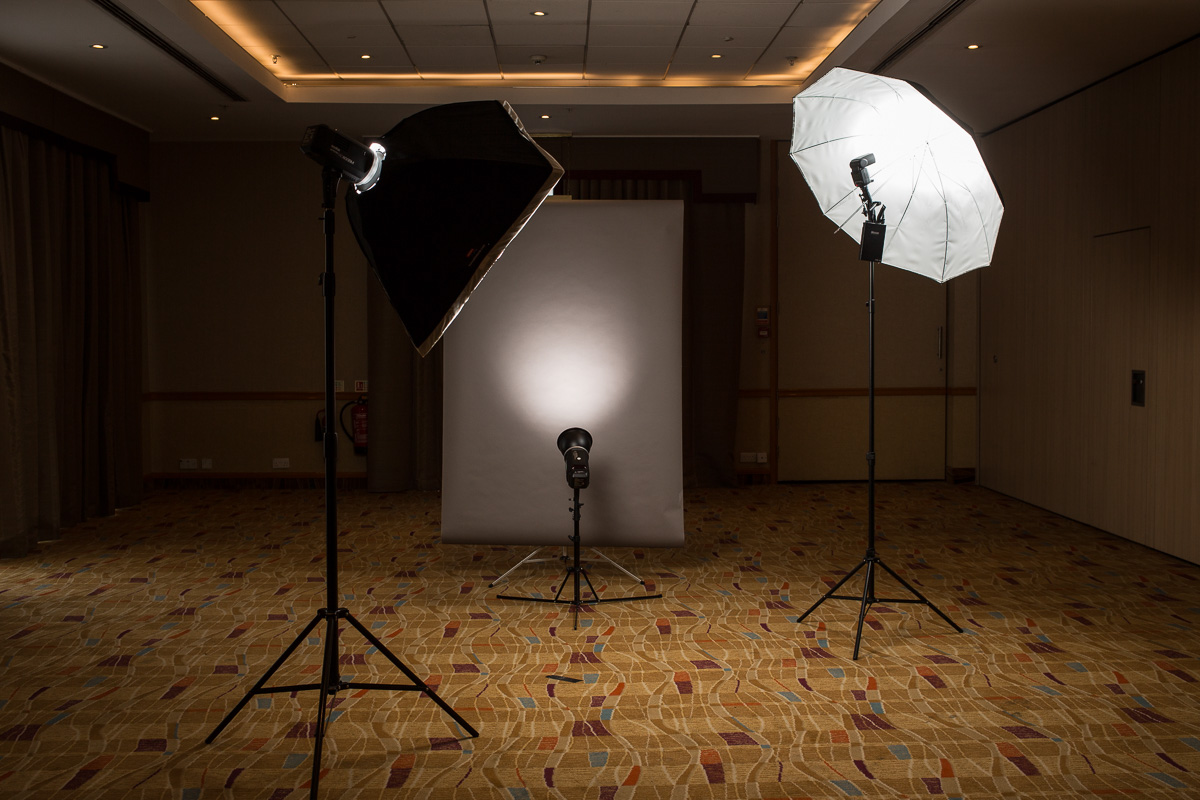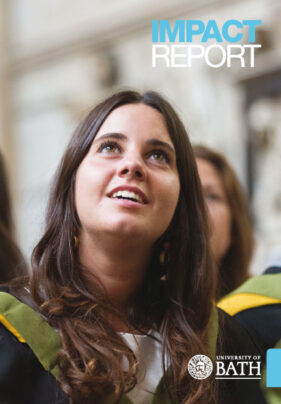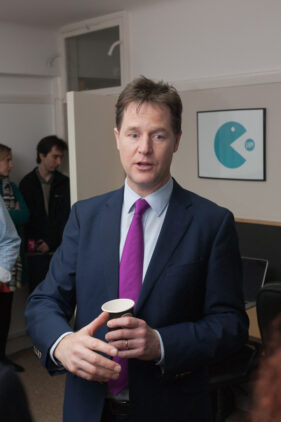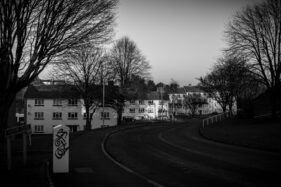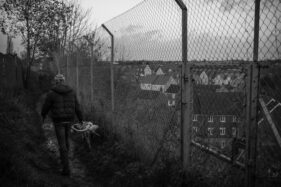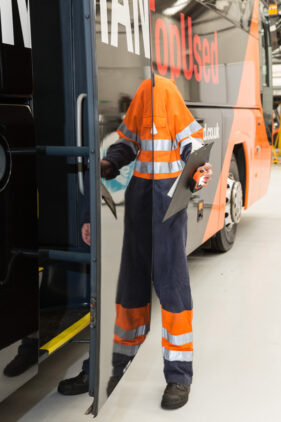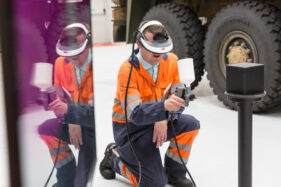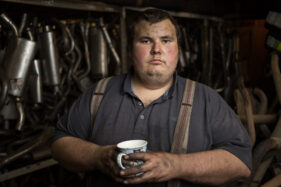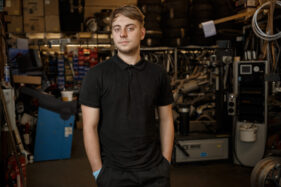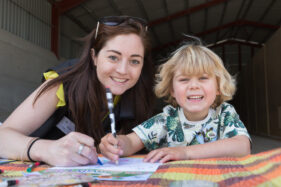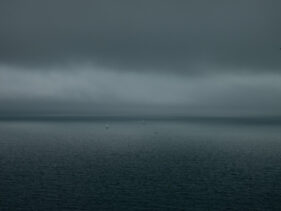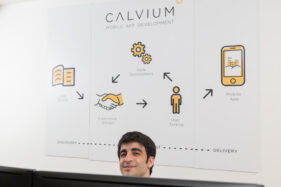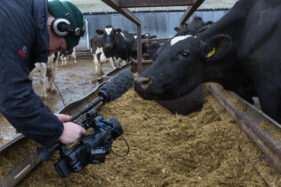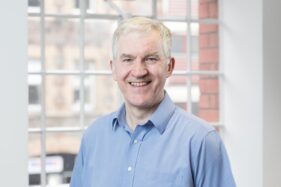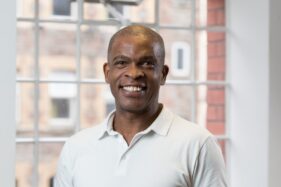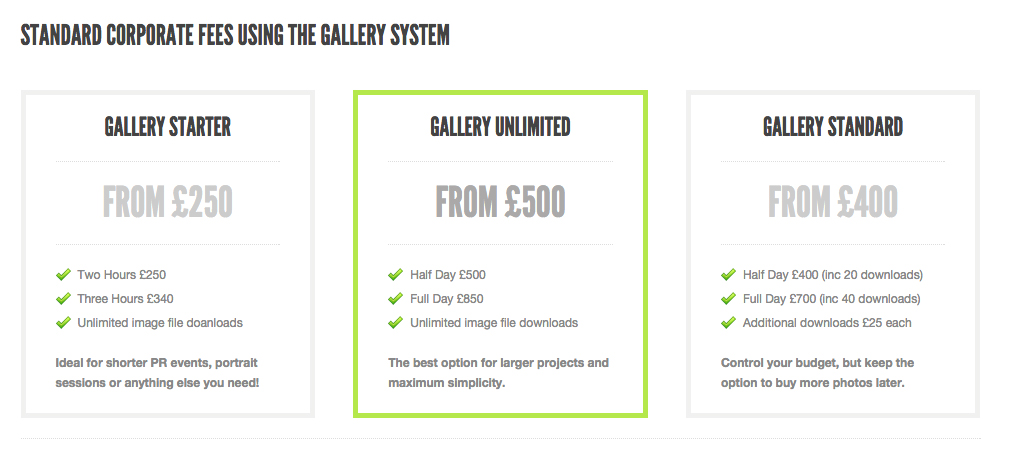Is it me, or is 2019 already feeling a bit used? a bit secondhand? At least from tomorrow we can officially (because I say so) cease commencing every email with “Happy New Year!” and just get straight to business, polite niceties notwithstanding.
But what should that business be? In my case I’m already seeing the return of clients from last (and previous) years, booking me for repeat events or new corporate photography sessions. I’ve already landed work with new clients and am fielding enquiries from as-yet-unconfirmed new clients, so I can’t complain too much if 2019 already feels a little 2018. That, after all, was a pretty good year for me, so I’m looking forward to more of the same plus some.
If there is a small cloud hovering over the sunny uplands of 2019, it has to be the uncertainty of Brexit. But while businesses work hard to prepare for the unpreparable the one thing they have to avoid is a head-in-the-sand response to marketing.
Oh yes, that ol’ chestnut. Whenever things get tricky, be it recession, austerity, Brexit, bad weather, the season finale of Strictly, you name it, too many businesses batten down the hatches and decide to tighten spending. This isn’t a bad thing in and of itself, but when marketing (which of course includes photography) is often the first victim of pulling the belt in a notch or three, that’s when the harm is done.
Businesses which market through the hard times always come out stronger. Of course the marketing has to be the right type, and photography may not even be what’s needed, but if you need it, you need it. There’s no getting around the fact that sometimes, and quite often, good commerce relies on good communication and good communication relies on really good photography.
An additional risk of suddenly pulling the photography budget (so you’re still marketing, but perhaps you switch to cheaper sources of imagery) is the KERKLUNK sound you hear as your marketing materials go from professional, personal and engaging to ubiquitous, remote and faceless.
I think it’s fair to say that most established businesses with a history, but which don’t want to become history, understand the vital importance of fresh, bespoke, exclusive imagery in their marketing and to suddenly pull the plug when the future looks dicey is the knee-jerk reaction of a business about to find out what free-fall looks and feels like.
So hard Brexit, soft Brexit, don’t make Brexit your exit. If you want to keep doing business, you need to keep marketing because if things do get tough, you need to be seen as the business that’s above it all; still focussed, still professional, still friendly and approachable and above all, still in it for the long-run.
Happy February everyone!

